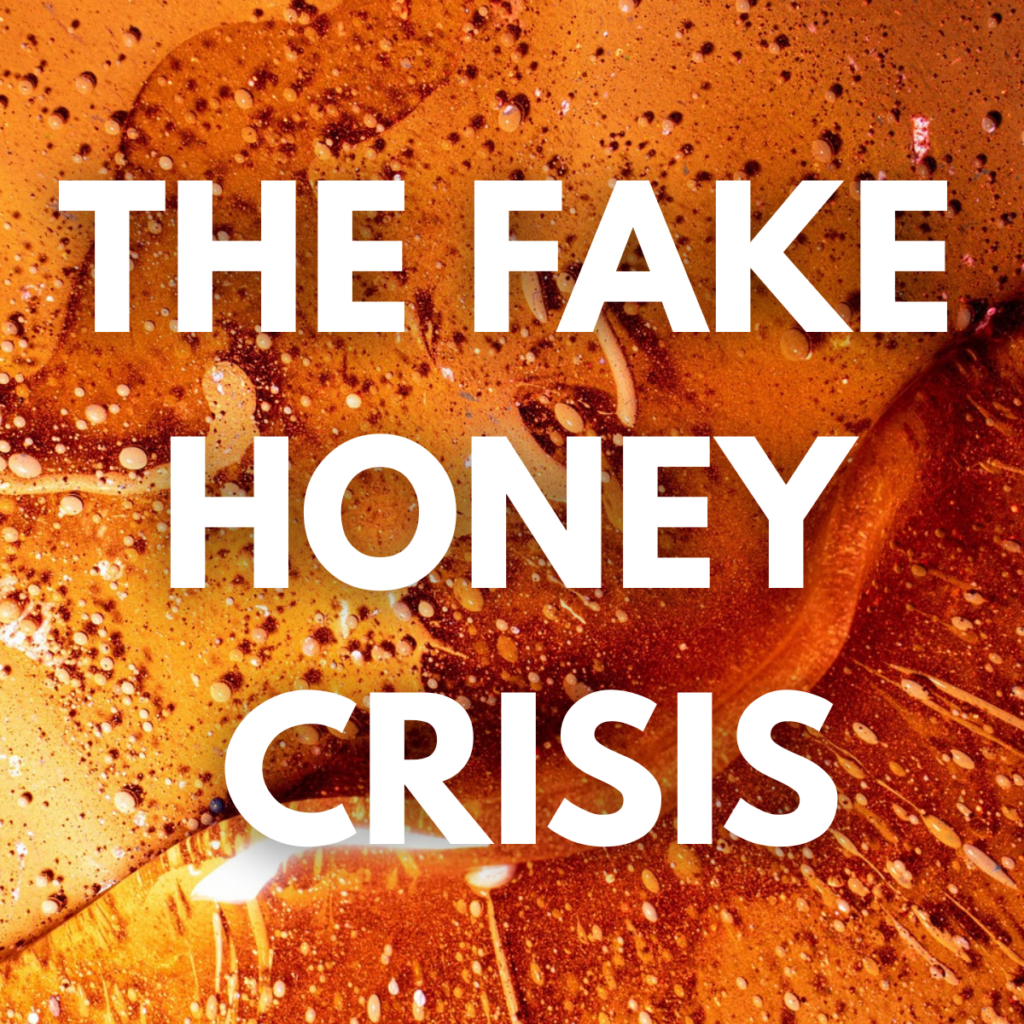The fake honey crisis
How the rampant rise in counterfeit honey is impacting the quality of honey and beekeepers’ locally-made honey business

Locally-made honey is generally considered a healthy food product, high in nutrients and antioxidants. Sometimes, honey is infused with propolis, which is a resin produced by bees and has been connected in scientific studies with improved cholesterol levels, lowered blood pressure, and anti-allergic effects.
But recent studies and reports point to a worrying trend: much of the so-called honey being sold on shelves at grocery stores in Europe is not, in fact, honey.
Rather, much of what is labelled as honey is highly convincing sugar syrup — a product that can be produced at about one-fifth of the cost of real honey production.
Many of these honey counterfeits are so convincing that they have successfully flown under the radar of European regulation and oversight. In 2023, the European Anti-Fraud Office found that 46% of honey samples they tested were adulterated in some way, while in late 2024, the International Federation of Beekeepers’ Associations declared for the first time in history that they would not be awarding a prize for honey in 2025, due to the scale of fraudulent honey/sugar syrup counterfeits on the market.
How did we get here?
The top five global honey suppliers are, in order, China, Turkey, Ethiopia, Iran, and India. But the finger cannot solely be pointed to suppliers — after all, in a highly interconnected global economy such as this one, we all contribute to the game of supply and demand. The UK, for instance, is China’s biggest honey customer, importing in 2023 39,000 tons of honey.
As previously mentioned, the cost of producing sugar syrup is much lower than producing real honey. We at Project B are small-scale honey producers ourselves and can very much attest to this. “If you really want to turn honey production into a viable business, you need to have at least 100 bee colonies. This is an expensive undertaking in and of itself, and then when you add ‘locally-made’ and ‘organic’ to the mix, this brings up those prices further,” says Leopold Winkler, Project B’s certified beekeeper. “Real, raw, local honey becomes a tough sell when you have a near-identical product on the market that can be produced and sold at a quarter of the price.”
But at what cost?
It might taste the same, or even look the same (although it is often the case that commercially produced honeys look picture perfect, like the photo above, while locally-produced, raw honey may have more perceivable imperfections), but there are other considerations at play.
Not only do these cheaper counterfeits negatively impact local food producers, and therefore local economies, they are also taking away from pollination — a key consideration when discussing the subject of honey. Because every carton of counterfeit honey represents one less honeybee colony flying out of its hive and contributing to necessary pollination activities.
In 2024, the European Beekeeping Association called on the European Union to address this issue, underscoring the link between protecting local beekeepers and protecting pollination: “The collapse of beekeepers means the collapse of bees and consequently the end of the pollination service of bees, which is a prerequisite for food production in Europe, as every third spoonful of food depends on bee pollination!”
How can we fix this?
There are actions already taking place to put a stop to this global issue. First off, the European Union is cracking down further on honey imports. In 2024, the European Council and European Parliament initiated the “Breakfast Directive,” which provided updated rules on composition, labelling, and naming of a variety of food items — including honey.
Still, when the counterfeits are so convincing, regulation may not suffice. Technology is also advancing to better detect the highly advanced fake honeys that continue to be manufactured and imported. For example, researchers from the UK have developed new tests that can detect as little as 1% sugar syrup contamination in honey. Two testing methods are particularly promising, one of which is called the SORS method, whereby lasers can identify sugar syrup from honey through a jar. This method is especially beneficial due to its non-invasiveness: the jars can remain closed for the procedure. The second method uses DNA detection to distinguish between honey from bees and sugar syrup from plant products like rice and corn.
While advancements in European-wide regulations and technology will, of course, help to put a stop to this issue in the long-term, one of the best ways to put a stop to the adulterated honeys on the market, immediately and concretely, is to support local beekeepers. Buy honey from farms and beekeepers in your region, town, or neighbourhood. If possible, visit the hives, witness the harvest of the honey yourself. This is a global issue, but one of many issues where solutions lie at the local level.
At Project B, we offer workshops on beekeeping, honey harvesting, and beeswax products; we provide honey harvesting services for our partners, which they can sell or use as needed; and we harvest and jar our own honeys, straight from our backyard.
When tasting locally-made honey, you may find that the honey can taste differently — that reflects the flowers and plants that the bees have been feeding off of, which means it can change based on location and time of year.
If you are interested in a Project B locally-made honey, in learning about honey harvesting and beekeeping via our workshops, or in hosting bees on your premises, contact us by email at bzz@projectb.earth, or on Instagram @thisisprojectb.


One response
Such an interesting article. Helps me understand too why local artisanal honey costs more than the industrial honey from the supermarket. That’s an extra cost I’m happy to pay, now that I see the bigger picture.